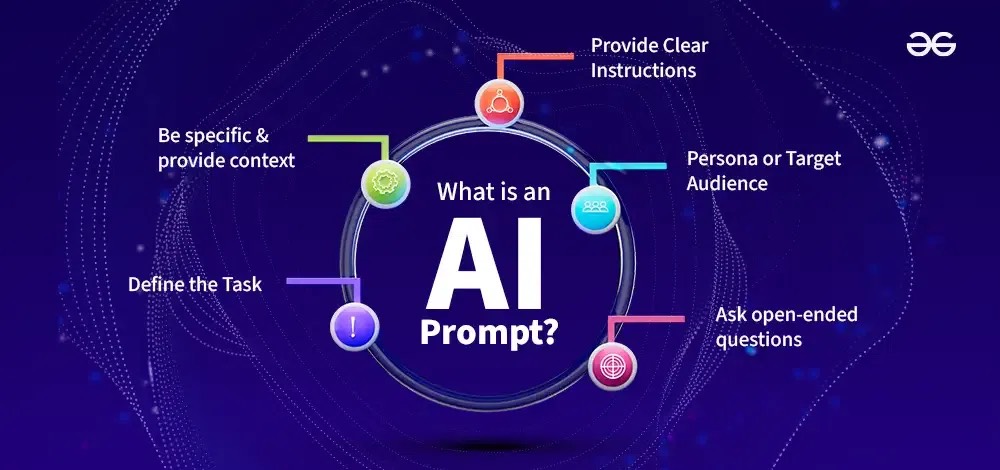The U.S. stock market in 2025 is a fast-moving, algorithmically driven battlefield. Rapid rotations between sectors, volatile earnings reactions, and AI-generated trading patterns have redefined what it means to be a prepared investor. The old rulebook—built on quarterly reports and static diversification—no longer offers the edge it once did.
Today, the smartest investors don’t just analyze. They augment. They use artificial intelligence to constantly audit, adjust, and optimize their portfolios in real time.
This article presents a comprehensive, AI-powered portfolio health checklist for 2025—one that reflects the complexity of modern stock investing. Each section explores how to evaluate your positions more intelligently, and how to use tools like Sagehood AI agents to run these diagnostics with institutional-level precision.
1. Is Your Stock Portfolio Truly Diversified—Or Just Crowded?
In the U.S. stock market, it’s easy to fall into the trap of false diversification. You might think you’re diversified because you own ten different tickers. But what if seven of them are all tech stocks highly correlated with each other? What if your entire portfolio moves in lockstep when interest rates shift or a single earnings report disappoints?
Diversification today must be dynamic and data-driven.
A proper AI audit will assess:
- Exposure across asset classes (equities, fixed income, cash equivalents, and alternatives)
- Distribution by sector (e.g., tech, healthcare, financials, industrials)
- Hidden correlations between holdings (even across different industries)
- Country and currency exposures, especially in U.S.-listed multinational stocks
With Sagehood, you can simply ask:
“Is my portfolio too tech-heavy?”
“Am I overexposed to growth stocks?”
And the platform’s AI agents will surface precise exposure metrics and concentration risks.
2. Are You Paying Too Much for the Stocks You Own?
In an environment where many stocks are trading at historically elevated multiples, overvaluation can be a hidden risk. Valuation alone doesn’t determine performance—but consistently holding overpriced assets can lower long-term returns and increase drawdown potential.
AI-powered stock analysis helps separate price from value by modeling:
- Discounted Cash Flow (DCF) projections
- Forward price-to-earnings ratios relative to sector medians
- EV/EBITDA and PEG ratios
- Historical valuation bands and where the stock currently sits within them
Platforms like Sagehood use machine learning to monitor valuation changes in real time. Its Valuation Projection Agent flags when a stock diverges from its historical fundamentals or becomes misaligned with market expectations.
Especially in the U.S. stock market, where narratives often run ahead of earnings, having an AI overlay to test valuation discipline can prevent chasing hype and help identify overlooked opportunities.
3. Are You Aligned with the Right Sectors in 2025?
Sector exposure is no longer a passive decision—it’s an alpha generator. In 2025, U.S. equity markets have shown pronounced sector rotations based on macro conditions: interest rate policy, inflation expectations, supply chain shocks, and tech innovation cycles.
For example:
- Rate cuts can fuel growth in speculative tech stocks
- Supply shocks might revive energy and commodity plays
- Defense spending may lift aerospace and industrials
With AI investing tools, you can track:
- Relative performance of each sector vs. the S&P 500 or Nasdaq Composite
- Shifting investor sentiment based on earnings, policy, and news flows
- Capital inflow trends via ETFs and institutional 13F filings
Sagehood’s AI agents assess all of this in real time, offering actionable insights like:
“Healthcare is seeing bullish sentiment despite underperformance. Time to rotate in?”
This sector-aware strategy ensures your portfolio isn’t just diversified—but is also positioned for forward momentum.
4. Are You Taking the Right Amount of Risk?
Every investor wants returns—but at what cost? Too many portfolios in the U.S. stock market are unintentionally overweight on volatility, especially in periods of FOMO-fueled rallies or over-concentration in high-beta names.
An AI-powered risk audit will evaluate:
- Your portfolio’s beta vs. the broader market
- Downside exposure in a stress-test scenario
- Volatility clustering and portfolio sensitivity to macro events
- Single-name risk in highly volatile or illiquid positions
Sagehood can instantly assess your holdings and answer questions like:
“What would my portfolio lose in a 10% market correction?”
“Am I over-relying on one or two high-volatility stocks?”
In a year when rate decisions, global instability, and sentiment swings can move markets overnight, risk-awareness is more than prudent—it’s essential.
5. Are You Tracking Institutional vs. Retail Activity?
In 2025, social media-fueled volatility is still a force in the U.S. stock market. But meme stock chatter and retail enthusiasm are not the same as institutional conviction. Successful investors are increasingly using AI to decode market behavior and identify the presence—or absence—of real money flows.
This is where AI sentiment analysis becomes critical.
Modern sentiment agents can:
- Separate retail from institutional sentiment across Reddit, X (Twitter), news outlets, and earnings transcripts
- Identify bullish or bearish divergences between price and commentary
- Track options flow, short interest changes, and ETF activity
Sagehood’s Sentiment Agent synthesizes this data into actionable intelligence, helping investors avoid retail hype cycles and follow the quieter, steadier hand of institutional rebalancing.
6. Are You Rebalancing Strategically—or Just Reactively?
Most investors rebalance their portfolios when something goes wrong. But AI gives you the ability to rebalance beforethe damage is done—or the opportunity is missed.
An AI-powered rebalancer considers:
- Shifts in valuation (e.g., when a stock becomes overvalued relative to its peers)
- Sector or macro rotation signals
- Risk exposure drift
- Performance attribution (what’s actually driving your returns)
On Sagehood, you can trigger automated rebalancing recommendations that adapt to real-time changes in market structure and stock behavior. You don’t need to guess when to act—the system will notify you when your portfolio moves out of optimal alignment.
Conclusion: Audit Your Stock Portfolio Like a Pro
The U.S. stock market in 2025 rewards the agile, the informed, and the data-driven. Passive investing still has its place, but static portfolios are increasingly vulnerable in a world of AI-accelerated market cycles.
With platforms like Sagehood, retail investors can now access the same AI stock analysis, AI investing tools, and AI-powered stock picks that once required an entire team of analysts.
You don’t need to build complex spreadsheets or subscribe to multiple research services. You just need to ask the right questions:
- Is my portfolio exposed to the wrong risks?
- Am I missing sector momentum?
- Are my stocks still worth their valuations?
Sagehood’s AI agents will do the heavy lifting. You can simply log in, run the checklist, and get a full diagnostic of your investment health—faster, smarter, and more accurately than ever before.
Try your own portfolio audit now at Sagehood.ai and take the first step toward truly intelligent investing.


